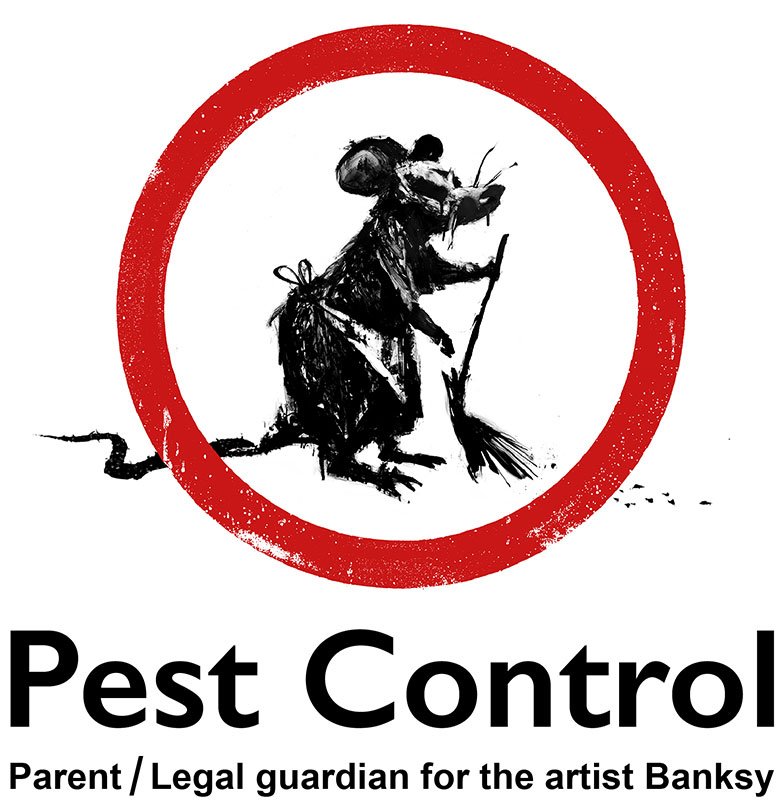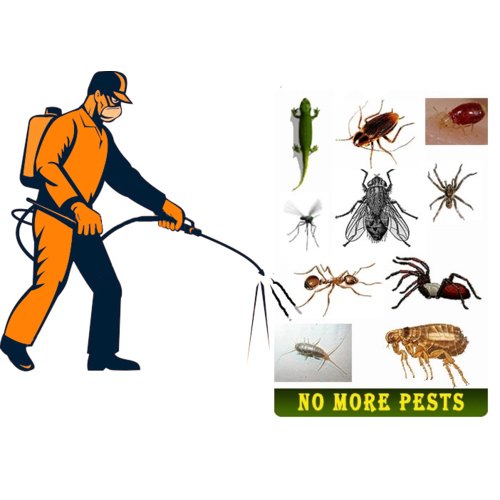Prompt and Efficient Pest Removal Services with Pest Control Lockhart
Discovering Invasion and Treatment Approaches on the planet of Bug Control
The landscape of parasite control incorporates a myriad of challenges, especially as problems of usual household insects proceed to advance. By integrating preventive steps with innovative monitoring strategies, such as Integrated Pest Administration (IPM), house owners can much better guard their settings.

Typical Household Pests
When it involves handling our living rooms, comprehending common family pests is vital. These parasites not just disrupt our convenience however can additionally present wellness threats and damage building. One of the most widespread house pests consist of ants, roaches, rats, termites, and bed insects.
Ants, usually seen foraging in cooking areas, can infect food and develop big nests. Cockroaches, known for their resilience, can trigger allergic reactions and spread virus. Rats, including mice and rats, can create architectural damages and carry diseases like hantavirus and salmonella. Termites, often described as "quiet destroyers," can jeopardize the integrity of wood frameworks, resulting in costly repairs. Bed pests, although not illness providers, can cause substantial pain through their attacks and cause mental distress.
Identifying the indications of these pests, such as droppings, nests, or attack marks, is vital for early treatment (Pest Control Lockhart). Proper cleanliness practices, securing entry factors, and maintaining a clutter-free setting are effective preventative actions. By determining these usual home parasites and comprehending their behaviors, house owners can take proactive steps to minimize invasions, making certain a healthier living setting
Understanding Bug Infestations
Pest invasions can rise rapidly, transforming a minor inconvenience right into a significant issue otherwise addressed immediately. Comprehending the nature of these problems is essential for efficient monitoring. Pests can get into household and industrial rooms for various reasons, including the look for food, sanctuary, or reproducing grounds. Common elements adding to problems consist of poor sanitation, structural susceptabilities, and seasonal adjustments that drive parasites indoors.
Identifying the kind of pest is important, as different species exhibit diverse actions and reproductive prices. Rodents might develop nests in concealed areas while insects like cockroaches grow in wet atmospheres. Early detection typically hinges on recognizing indicators such as droppings, chomp marks, or unusual sounds, which can show a trouble before it becomes extreme.
Ecological conditions also play an essential function in insect proliferation. Cozy, damp climates can promote the fast growth of pest populaces, while modifications in landscaping or building and construction can unintentionally create helpful environments. Therefore, routine evaluations and preventative actions are vital to reducing the threat of invasions. An enlightened method to recognizing these dynamics prepares for effective bug management techniques in the future.
Treatment Methods and Methods
Reliable therapy methods and methods are necessary for mitigating insect invasions and bring back a secure environment. A diverse approach is typically best, including chemical, organic, and mechanical strategies tailored to the particular insect and the intensity of the problem.
Chemical therapies consist of using pesticides and herbicides, which can effectively eliminate insects. Correct application and adherence to safety and security standards are important to decrease threats to humans and non-target organisms. Integrated Pest Management (IPM) encourages the judicious use of chemicals as a last hope, relying instead on surveillance and limit degrees to figure out intervention needs.
Organic control techniques entail presenting natural killers or parasites to lower bug populations. This strategy is progressively popular, specifically in agricultural setups, as it promotes ecological sustainability.
Mechanical techniques, such as catches and barriers, provide instant relief from bugs without introducing chemicals. Choices include sticky catches for insects or physical barriers for rats.
Eventually, the selection of treatment approach ought to take into consideration the particular parasite, the atmosphere, and possible effect on human health and wellness and communities. A well balanced combination of these techniques can properly manage problems while advertising long-term bug control solutions.
Safety Nets for Homes
Proactively attending to parasite issues before they rise is vital for preserving a healthy and balanced home setting (Pest Control Lockhart). Implementing efficient preventative measures can considerably minimize the chance of infestations, ultimately securing both your property and well-being

Proper landscape design additionally plays a crucial role in avoidance. Maintaining hedges and trees cut away from your home decreases the possibilities of insects finding their way inside. In addition, make certain that water drainage systems are working successfully to protect against standing water, which can pull in insects and other insects.
Last but not least, routine inspections are suggested. Consistently looking for indications of pest task enables for early treatment. By embracing these precautionary steps, house owners can develop a setting that is much less welcoming to bugs, thus boosting their general quality of life and lowering the need for considerable bug control interventions.
Industrial Pest Control Approaches
An extensive strategy to industrial parasite control is necessary for businesses intending to maintain a risk-free and sanitary environment. Efficient strategies include a mix of regular assessments, staff member training, and the application of Integrated Parasite Management (IPM) methods.
Normal evaluations allow very early detection of insect task, permitting timely intervention. Organizations should establish a regular timetable for these assessments, concentrating on high-risk locations such as cooking areas, storeroom, and waste disposal websites. Staff member training is equally essential; personnel should be educated on the indications of bug problems and the importance of reporting them instantly.
Carrying out IPM techniques aids minimize pest issues sustainably. This includes habitat adjustment, such as sealing entrance points and decreasing clutter, in addition to utilizing all-natural deterrents prior to turning to chemical treatments.

Additionally, working together with a qualified parasite Continue control copyright makes certain accessibility to specialist expertise and innovative therapy choices. This partnership can result in Related Site customized pest control plans customized to the details requirements of the service, lessening dangers and enhancing overall efficiency. Inevitably, a positive and educated approach cultivates a pest-free setting, securing both public health and business online reputation.
Verdict
In final thought, effective pest control demands a detailed understanding of common house bugs and their behaviors, paired with targeted therapy methods. Applying precautionary steps along with treatment strategies such as Integrated Parasite Management and organic control improves the capacity to alleviate infestations. Normal evaluations and a mix of chemical and mechanical services better contribute to keeping pest-free atmospheres. Inevitably, an all-round approach to pest monitoring is essential for securing living spaces from unwanted burglars.